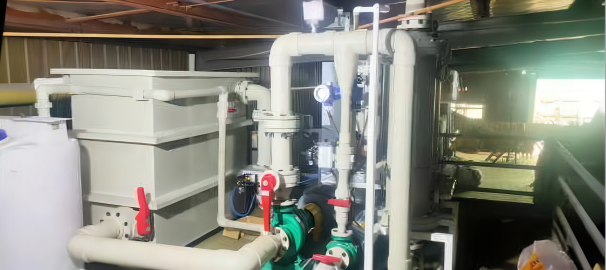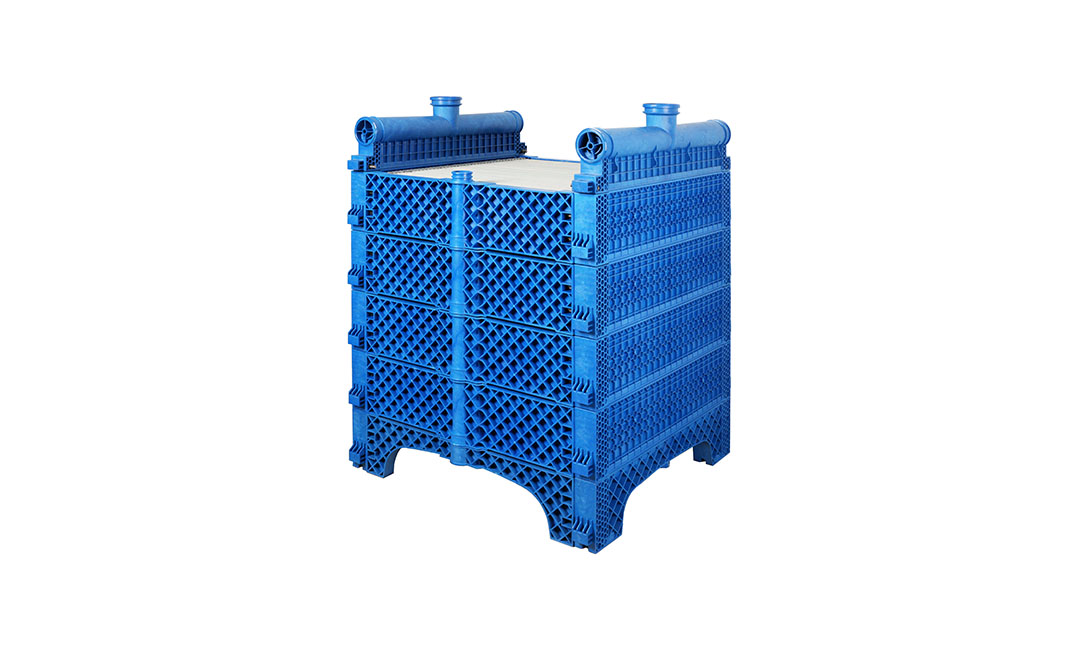Benefits of Using SiC Membranes for Oil Separation
In the realm of oil separation technology, Silicon Carbide (SiC) membranes have emerged as a game-changer due to their innovative design and superior performance. These membranes offer a range of benefits that make them highly efficient and cost-effective for separating oil from water in various industrial processes.
One of the key advantages of using SiC membranes for oil separation is their high chemical and thermal stability. SiC is known for its excellent resistance to harsh chemicals and high temperatures, making it ideal for applications where traditional polymeric membranes may degrade or fail. This stability allows SiC membranes to maintain their performance over extended periods, reducing the need for frequent replacements and minimizing downtime in industrial operations.
Furthermore, SiC membranes have a high mechanical strength, which enables them to withstand the rigors of oil separation processes without compromising their integrity. This durability translates to longer membrane lifespan and lower maintenance costs, providing a significant cost-saving advantage for industries that rely on efficient oil separation.
In addition to their robustness, SiC membranes offer exceptional oil rejection rates, ensuring that a high percentage of oil is effectively separated from water. This high rejection rate results in cleaner water output, which is crucial for industries that require purified water for their processes or for environmental compliance. By using SiC membranes, companies can achieve higher oil recovery rates and reduce the amount of oil discharged into the environment, contributing to sustainable and responsible industrial practices.
Another benefit of SiC membranes is their high permeability, which allows for faster oil separation and higher throughput compared to traditional membrane materials. This increased efficiency not only improves the overall productivity of oil separation processes but also reduces energy consumption, leading to lower operational costs and a smaller carbon footprint.

Moreover, SiC membranes are highly resistant to fouling, a common issue that can decrease the efficiency of oil separation systems. The smooth surface of SiC membranes inhibits the adhesion of oil and other contaminants, preventing fouling and ensuring consistent performance over time. This anti-fouling property further enhances the reliability and longevity of SiC membranes, making them a preferred choice for industries that require continuous and uninterrupted oil separation operations.
In conclusion, the benefits of using SiC membranes for oil separation are clear: superior chemical and thermal stability, high mechanical strength, exceptional oil rejection rates, high permeability, and resistance to fouling. These advantages make SiC membranes a cost-effective and efficient solution for industries seeking to improve their oil separation processes and achieve sustainable production practices. By investing in SiC membranes, companies can enhance their operational efficiency, reduce maintenance costs, and contribute to a cleaner and healthier environment.
Applications of Innovative SiC Membranes in Oil Industry
In recent years, the oil industry has been facing increasing pressure to find more efficient and environmentally friendly ways to separate oil from water. Traditional methods of oil-water separation, such as gravity separation and chemical treatments, are often costly, time-consuming, and can have negative environmental impacts. However, recent advancements in membrane technology, specifically the development of innovative silicon carbide (SiC) membranes, have shown great promise in revolutionizing the oil separation process.
SiC membranes are a type of ceramic membrane that offer several advantages over traditional polymeric membranes. They are highly resistant to fouling, corrosion, and high temperatures, making them ideal for use in harsh industrial environments such as the oil industry. Additionally, SiC membranes have a high permeability and selectivity, allowing for efficient separation of oil and water with minimal energy consumption.
One of the key applications of SiC membranes in the oil industry is in the treatment of produced water. Produced water is a byproduct of oil and gas production that contains a mixture of oil, water, and various contaminants. Traditional methods of treating produced water, such as chemical treatments and filtration, can be costly and inefficient. SiC membranes offer a more sustainable and cost-effective solution for separating oil from produced water.
By using SiC membranes, oil companies can achieve higher oil recovery rates, reduce the amount of waste generated, and comply with environmental regulations. The high permeability and selectivity of SiC membranes allow for the efficient removal of oil from produced water, resulting in cleaner water that can be safely discharged or reused in the production process.
Another application of SiC membranes in the oil industry is in the treatment of oily wastewater from refineries and petrochemical plants. These facilities generate large volumes of wastewater that contain oil, grease, and other contaminants. Traditional methods of treating oily wastewater, such as chemical treatments and physical separation, can be expensive and inefficient. SiC membranes offer a more sustainable and cost-effective solution for separating oil from wastewater.
By using SiC membranes, refineries and petrochemical plants can achieve higher oil recovery rates, reduce the amount of waste generated, and comply with environmental regulations. The high resistance to fouling and corrosion of SiC membranes make them ideal for use in the treatment of oily wastewater, where traditional membranes may fail due to fouling or degradation.
Overall, the development of innovative SiC membranes has the potential to revolutionize the oil separation process in the industry. By offering a more sustainable, cost-effective, and efficient solution for separating oil from water, SiC membranes can help oil companies reduce their environmental footprint, improve their operational efficiency, and meet regulatory requirements. As the technology continues to advance, we can expect to see even greater adoption of SiC membranes in the oil industry, leading to a more sustainable and environmentally friendly future for the sector.
Future Developments and Trends in SiC Membrane Technology for Oil Separation
Silicon carbide (SiC) membranes have emerged as a promising technology for oil separation due to their high chemical and thermal stability, as well as their excellent mechanical strength. These membranes have the potential to revolutionize the oil separation industry by providing a more efficient and cost-effective solution for separating oil from water. In recent years, researchers have been exploring innovative ways to enhance the performance of SiC membranes for oil separation applications.
One of the key challenges in oil separation is the fouling of membranes, which occurs when oil and other contaminants accumulate on the surface of the membrane, reducing its efficiency. To address this issue, researchers have been developing new surface modifications for SiC membranes that can prevent fouling and improve the overall performance of the membrane. One such approach is the use of hydrophilic coatings on the membrane surface, which can help to repel oil and other hydrophobic contaminants, preventing them from sticking to the membrane.
Another innovative development in SiC membrane technology for oil separation is the use of nanomaterials to enhance the performance of the membrane. Nanomaterials such as graphene oxide and carbon nanotubes have been shown to improve the permeability and selectivity of SiC membranes, making them more effective at separating oil from water. These nanomaterials can also help to reduce fouling and increase the overall lifespan of the membrane, making it a more sustainable and cost-effective solution for oil separation.

In addition to surface modifications and the use of nanomaterials, researchers are also exploring the use of advanced manufacturing techniques to improve the performance of SiC membranes for oil separation. One such technique is the use of 3D printing technology to create membranes with complex geometries and structures, which can enhance the overall efficiency of the membrane. By using 3D printing, researchers can create membranes with precise pore sizes and distributions, allowing for better control over the separation process.
Overall, the future of SiC membrane technology for oil separation looks promising, with researchers continuing to explore innovative ways to enhance the performance of these membranes. By developing new surface modifications, incorporating nanomaterials, and utilizing advanced manufacturing techniques, SiC membranes have the potential to revolutionize the oil separation industry and provide a more efficient and sustainable solution for separating oil from water.
In conclusion, SiC membranes are a promising technology for oil separation, with the potential to revolutionize the industry by providing a more efficient and cost-effective solution. By exploring innovative developments such as surface modifications, nanomaterials, and advanced manufacturing techniques, researchers are working towards enhancing the performance of SiC membranes for oil separation applications. With continued research and development, SiC membranes have the potential to play a key role in addressing the challenges of oil separation and contributing to a more sustainable future.

